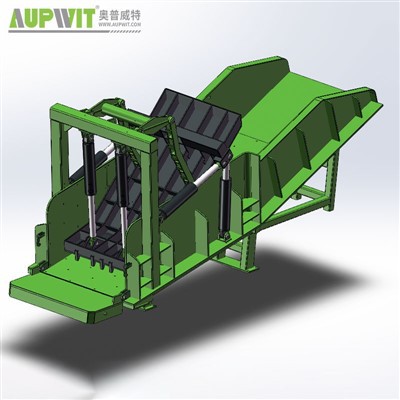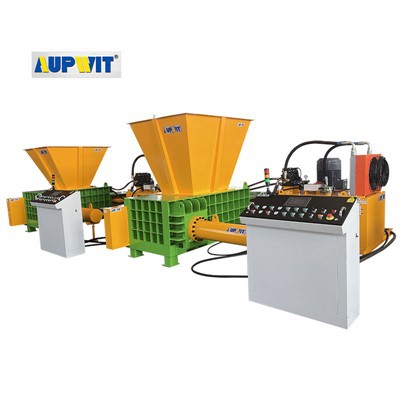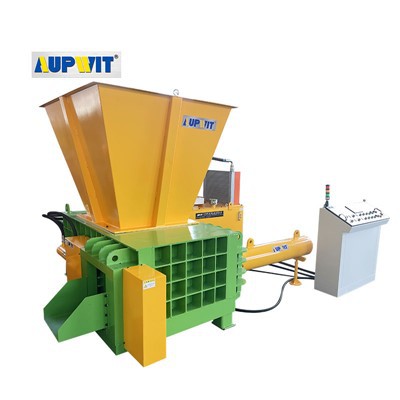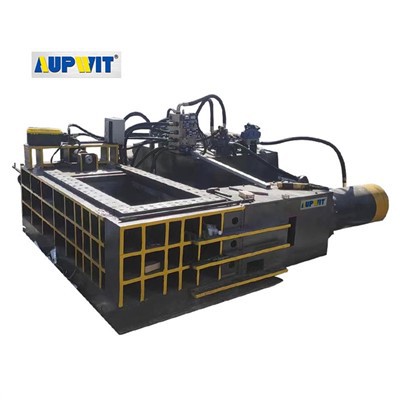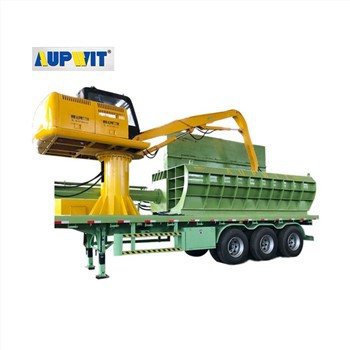Machine Storage Maintenance Guide
1. Clean and Dry Thoroughly Before Storage
Start by removing all debris from the machine after use. Wipe down the entire surface with a soft cloth to eliminate dust, metal shavings, and any leftover cutting residues. For areas with stubborn grime, use a mild cleaning solution and rinse carefully, ensuring no moisture remains.
Pay special attention to the cutting blades, hinges, and motor housing—these areas trap moisture easily. After cleaning, dry the machine completely with a clean towel or allow it to air-dry in a well-ventilated space to prevent water spots that can lead to rust.
2. Choose a Suitable Storage Environment
Select a storage area that is dry and well-ventilated. Avoid damp spaces like basements or garages with poor airflow, as humidity accelerates rust formation. If indoor storage is limited, use a sealed container or protective cover designed for tools.
Ensure the storage space is free from direct contact with water sources, such as leaky pipes or condensation-prone walls. Keeping the machine elevated off the floor—using a shelf or rack—reduces exposure to ground moisture and dust accumulation.
3. Protect Metal Surfaces and Moving Parts
Apply a thin layer of protective oil or lubricant to all metal surfaces, especially the cutting blades and moving joints. This creates a barrier against moisture and oxygen, which are key causes of rust. Use a product specifically designed for metal tools, avoiding thick greases that can attract dust.
For detachable parts like blades, store them separately in a dry container after applying protection. If the machine has electrical components, ensure lubricants do not come into contact with wiring or motors to prevent damage.
- Use light machine oil for best results
- Apply with a clean cloth for even coverage
- Reapply every 3 months for long-term storage
4. Perform Regular Maintenance Checks
Even during storage, periodically inspect the machine for signs of moisture or rust. Wipe down surfaces again if any dampness is detected and reapply protective oil as needed. Move the machine gently to check for stiff joints, which may indicate early rust formation.
If storing for extended periods, rotate the cutting blades slightly to prevent them from sticking in one position. Keeping the storage area clean and maintaining consistent temperature levels also helps preserve the machine's condition over time.


